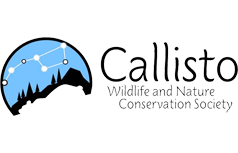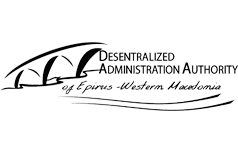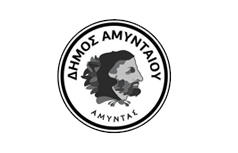Stakeholder analysis will be implemented at the beginning of the project. First, stakeholders engaged in bear conservation and management will be identified. After this initial stage, analysis will focus on three aspects that are strongly linked to stakeholder perceptions and behavior, and which correspond to three important threats for the Brown Bear. The first aspect concerns current waste management systems and willingness to modify these systems or adopt alternative systems, which would decrease waste exposure and access of bears to waste, substantially. The second and third aspect both refer to current as compared to optimal adoption and use of damage prevention methods, namely, electric fences and guarding dogs. With regard to electric fences, it has been observed that their effectiveness as a damage prevention method relies heavily on its adoption and technical support at a local level. For instance, electric fences have been frequently owned and distributed by administrative bodies of protected areas under a rotation strategy to account for local demand (i.e., establishment and removal of electric fences in the mid-term, usually after a semester or year). Since number of fences available has always been smaller than the total number of local producers affected by bears, the rotation strategy has left a considerable percentage of local producers vulnerable to bear attacks (e.g., stock breeders, bee keepers, farmers or local people with orchards or standalone trees). At the same time, ownership of fences by administrative bodies of protected areas might have kept fence prices high enough and that might have discouraged local producers who have been negatively impacted by bears to buy their own electric fence. Stakeholder analysis will examine local demand and willingness to pay for electric fences and it will also investigate whether local craftsmen might be willing to manufacture electric fences themselves in the study area, under determined demand and willingness to pay. Another focus of analysis will be on how local manufacturing of electric fences will be accompanied by a closer and more adequate technical support of fences on a long-term basis (landscape features, weather effects, energy supply, etc.). As far as guarding dogs are concerned, their reproduction, sharing offspring among stock breeders, and training are crucial in preserving and deploying their ability to prevent damage. Many stockbreeders fail to keep up with best practice in both reproduction and training of dogs, which leads to fast degeneration of the gene pool of the local population of guarding dogs and to unattended training that decreases the ability of dogs to prevent damage. Additionally, competitive behavior among stock breeders often acts as a barrier to share cubs. Stakeholder analysis will determine possible change in stakeholder perceptions and behavior, which would add significantly in maintaining and facilitating the ability of guarding dogs to prevent damage.
Action A1 will aim at outlining strengths and weaknesses of stakeholders, on the one hand, as well as opportunities and threats in stakeholder interaction, on the other, in changing their perceptions and behavior with regard to waste management systems, electric fences, and guarding dogs.












